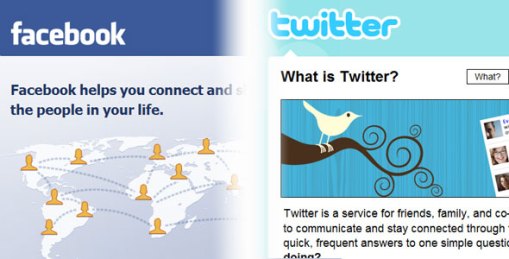Within the past week I have noticed a slight increase in the number of people who are following me on twitter. While most are new social media gurus looking to connect and share ideas, others are recognizable old friends. “How did they know I’m on Twitter,” was my first thought, but then I realized that I had a Twitter app located my Facebook profile. Still these friends were die hard Facebookers, and in the past when we discussed Twitter their simple response was, “I don’t get Twitter.” Given the new revelation I decided to hold an informal debate regarding the issue. The consistent theme of this debate was the difference between static and dynamic conversation.
A number of the new Twitter converts were recently unemployed and tapping every possible outlet for job leads. With Twitter they felt that they had a better chance of stumbling upon someone who were currently in their desired industry, and hopefully by following their tweets could get the jump on possible job openings. “Why not use Facebook for the same purpose,” I asked at the height of the debate. Although the Facebook status update is similar to a tweet, they function somewhat differently in their perspective environments. FB status updates are normally viewed as a user’s personal real-time diary; how they’re feeling, what they’re doing. Where as a tweet, while used for the same purpose, by in a large contains a dynamic piece of information whether it be a question up for debate or a link to outside information.
The intersection for these two mediums of social media is of course the ability to import your tweets to your FB status updates. While this tool is handy, I believe that sometimes the chaotic nature of the tweet is lost when translated over to Facebook. It becomes lost in the jungle of photos, fan page updates, and friend profile changes that have a tendency to clog the News Feed. The debate ended with everyone exchanging their Twitter handles and a couple of “I’ll be sure to follow you!” However, I was left with this question:
How is it that two seemingly similar social media tools function entirely different in the same environment?
